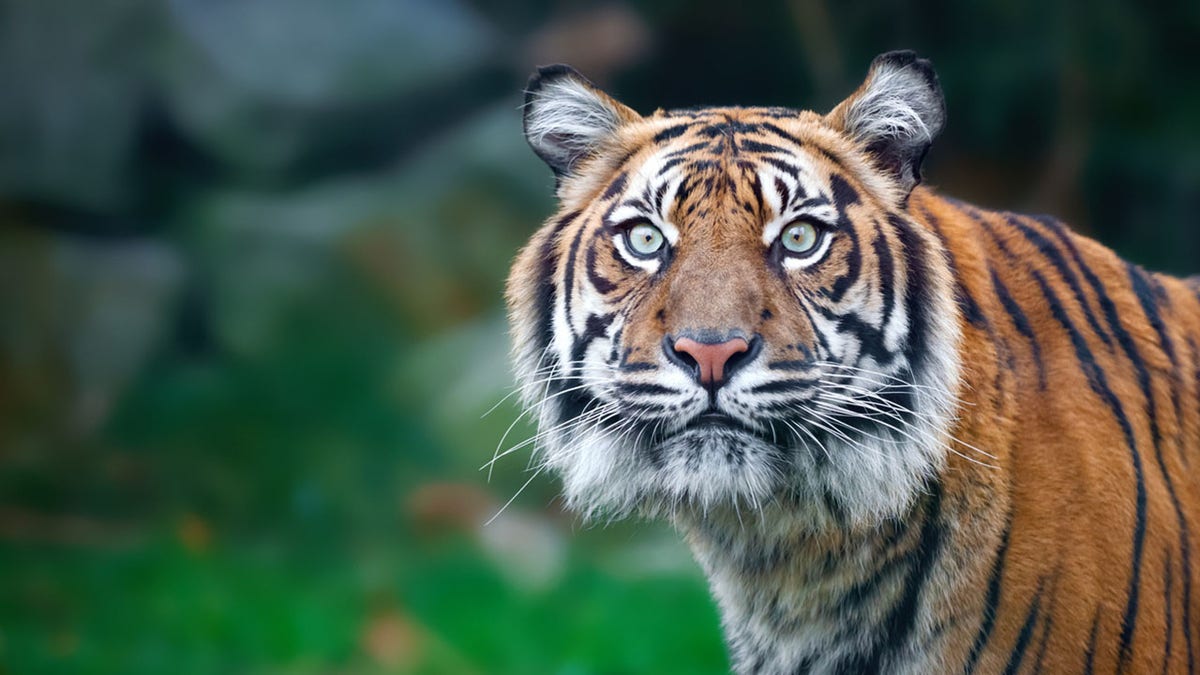Nepal's tiger population has more than doubled in the last 12 years after almost going extinct, but now humans are in danger of losing their lives, according to the country's prime minister.
From 2010 to 2022, the Bengal tiger population in Nepal went from 121 to 355, according to a survey Prime She Bahadur Deuba released on Friday. The news comes during the current year of the Tiger in the Chinese zodiac and ten years after 13 tiger range countries, including Nepal, pledged to double the global tiger population in 2022.
Nepal is the only country that came close to doubling their country native tiger population. However, their success is also leading to increasing human-tiger conflicts.
"This success was possible due to the unwavering political will of the government of Nepal, contributions of many stakeholders including enforcement agencies and conservation partners, but most of all the communities that live alongside tigers," said Nepal's Secretary of Ministry of Forests and Environment Pem Narayan Kandel. "A key challenge moving forward is to ensure cohabitation between people and nature, as well as to reconcile the country’s growth aspirations with the need to keep nature secure."

The Tiger population in Nepal has nearly tripled the country's prime minister announced on Friday. (iStock)
CHINA EASTERN PLANE CARRYING 132 PEOPLE CRASHES, NO SIGN OF LIFE AMONG DEBRIS: REPORT
The total number of tigers that conservationists and experts estimate Nepal can hold in their big cat habitat is 400, which they are just 45 tigers shy of reaching their maximum. However, conservationists who help collect data for the census believe the tiger capacity will increase due to improvements in habitat management, according to Mongabay.
"Carrying capacity of protected areas are not constant, they change with time," said Babu Ram Lamichhane, a biologist with the National Trust for Nature Conservation. "When we estimated the carrying capacity of the Chitwan-Parsa complex, we hadn’t factored in the areas outside protected areas, especially the community forests," he added. "As we are yet to conduct carrying capacity studies in other habitats, we can say that we certainly haven’t hit the carrying capacity yet."
Meanwhile, natives are starting to experience the resurgence of the tiger population through death and injury.

Hunters and poachers have destroyed tiger habitats, reducing their population by 95% across Asia. (iStock)
"The community lives in terror," Manoj Gutam, an eco-business operator, told the BBC. "The common area that tigers, prey species, and humans share is so tight. There's a price the community has paid for the world to rejoice in Nepal doubling its tiger numbers."
TIGER KING' STAR JOE EXOTIC'S PRISON SENTENCED VACATED, COURT ORDERS RESENTENCING
Over the last year, 16 people have died from tiger attacks in Nepal, even though only 10 people have died in total for the previous five years.
The continent of Asia hosted the highest big cat population in the world over a century ago, with about 100,000 tigers. By 2000, hunting and poaching had destroyed the habitats and reduced their population by 95% across the continent, according to the International Union for Conservation of Nature. Experts estimate there are now between 3,700 to 5,500 tigers in the wild.


